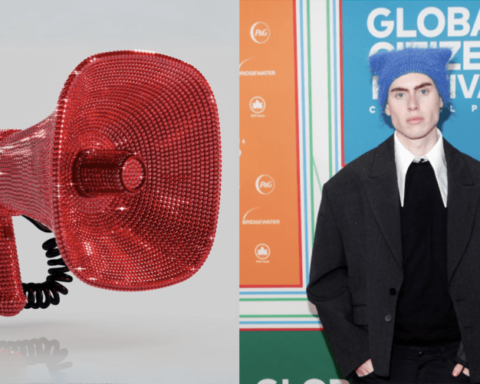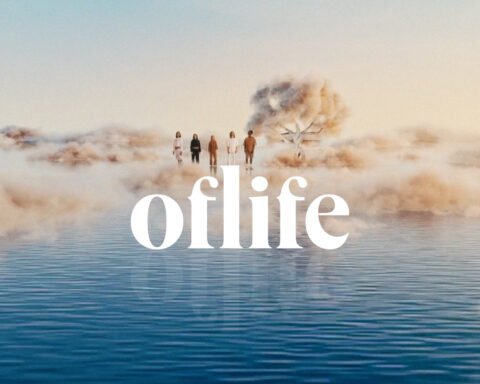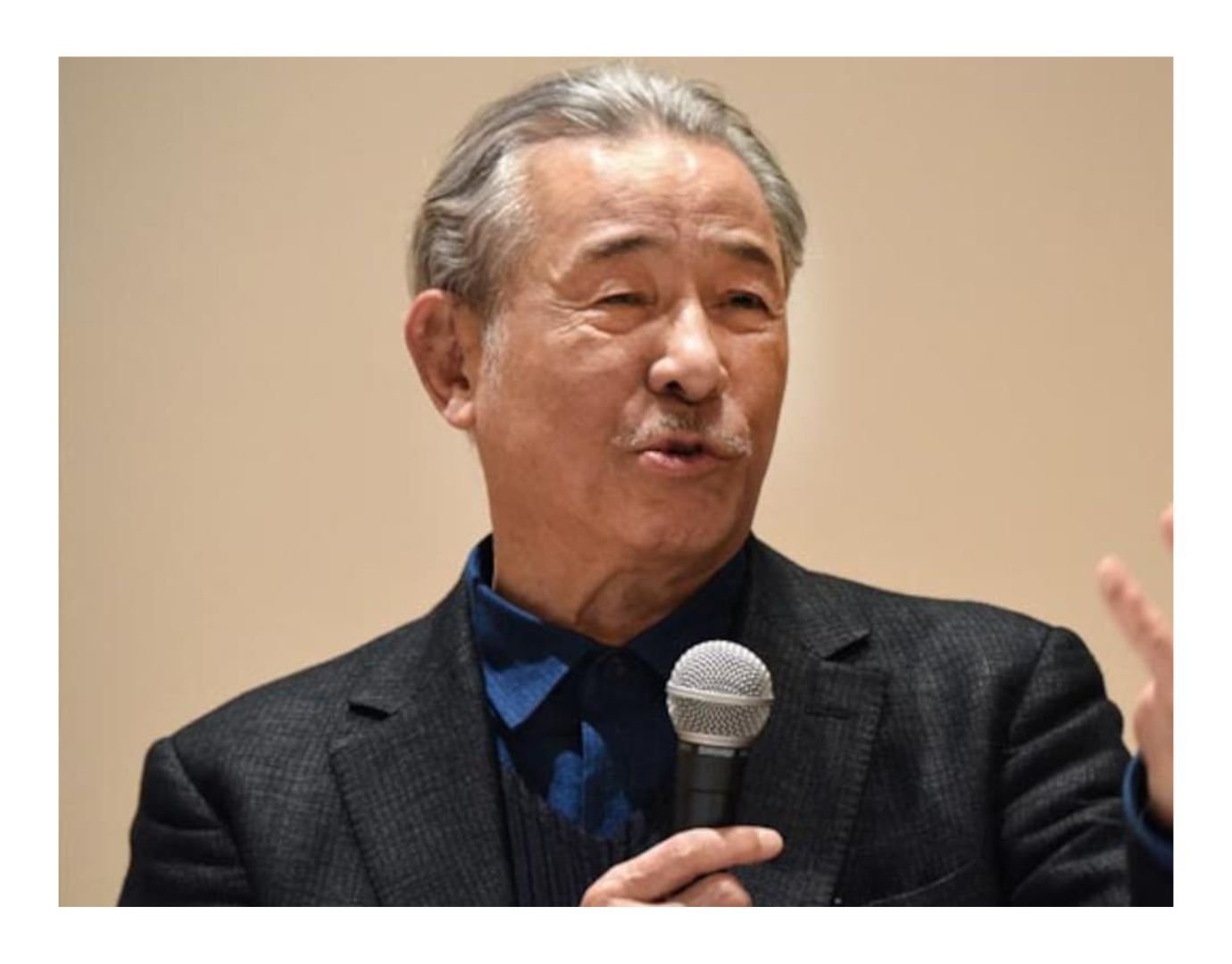Kuroda Seiki was a very important artist who is known as the father of paintings in Japan that look like they were made in the West. He also taught lessons that were based on Western ideas about art, which added to his wide influence.
During the late 19th century and early 20th century, the painter made a big difference, and he is now seen as one of Japan’s most important artists in modern times.
Here’s what you need to know about him, as well as why he’s the subject of today’s Google Doodle.
Who was Kuroda Seiki?
Kuroda was born in Takamibaba on August 9, 1866. At the time, Takamibaba was part of the Satsuma Domain. He was born into the Shimazu clan as a samurai, but soon after he was adopted as the heir to his uncle’s land in Tokyo and moved there.
After studying in Paris, where he had planned to study law when he was 18 years old, he met the artists Yamamoto Hosui and Fuji Masazo, as well as the art dealer Tadamasa Hayashi, who all encouraged him to become a full-time painter.
During his time in Paris, he learned about how Western artists paint, and he was able to bring a picture called “Morning Toilette” back to Japan. This painting became the first naked piece of art to be shown in public in Japan.
It was a shame that it was destroyed during World War 2.
In 1886, he started the Hakuba-kai, which is also called the White Horse Society. This was a group of Japanese people who did yoga and painting. He was asked to teach at the Tokyo School of Fine Arts in the Western Painting Department.
In 1917, he was given the title of Viscount and became the President of the Imperial Art Academy. Then, in 1920, Kuroda was chosen to be a member of Japan’s House of Peers, also called the Kizoku-in. This was the new aristocratic social elite that grew up during the Meiji Era.
Seiki Kuroda legacy
The Order of the Rising Sun was given to Kuroda after he died by the government of Japan. His unique style of painting still has a big effect on the work of many painters today.
Artists who worked in the Impressionist and Plein Air styles still looked to his body of work for ideas.
The Japanese government chose two of the artist’s works, “Maiko” (1893) and “Lakeside” (1897), to be on commemorative postage stamps.



















